Scribe AI: Turning Telehealth Visits into Clinical Notes
Role: Product Designer
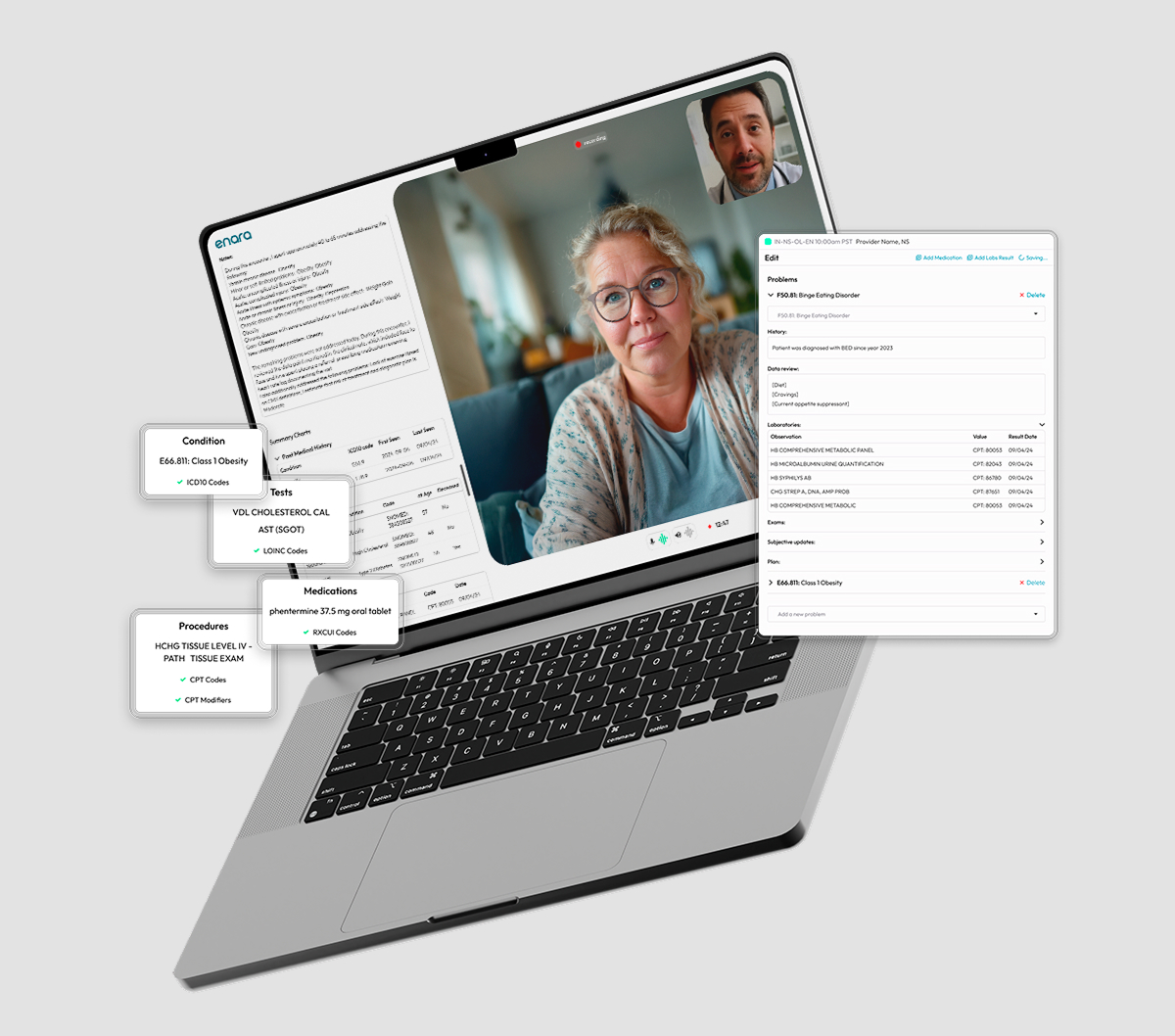
How I designed a clinical documentation workflow that slashed provider admin time by 30% and got doctors back to focusing on patients.
The 30/30 Trap
Enara's doctors were trapped in an unsustainable cycle: 30 minutes with a patient meant 30 minutes of paperwork. They were manually translating complex conversations into billing codes, a process that was slow, frustrating, and expensive.
It led to:
- Burnout: Our most valuable experts were drowning in data entry.
- Revenue Loss: Simple coding errors led to costly rejected claims.
- Growth Ceiling: More time typing meant less time prviding care.
We were turning clinicians into clerks.
The real question was "How do we eliminate the need for manual coding while maintaining quality and compliance?"
We designed the entire relationship between conversation, documentation, and billing. The goal was to build a bridge that could turn natural, human conversation directly into structured, billable data.
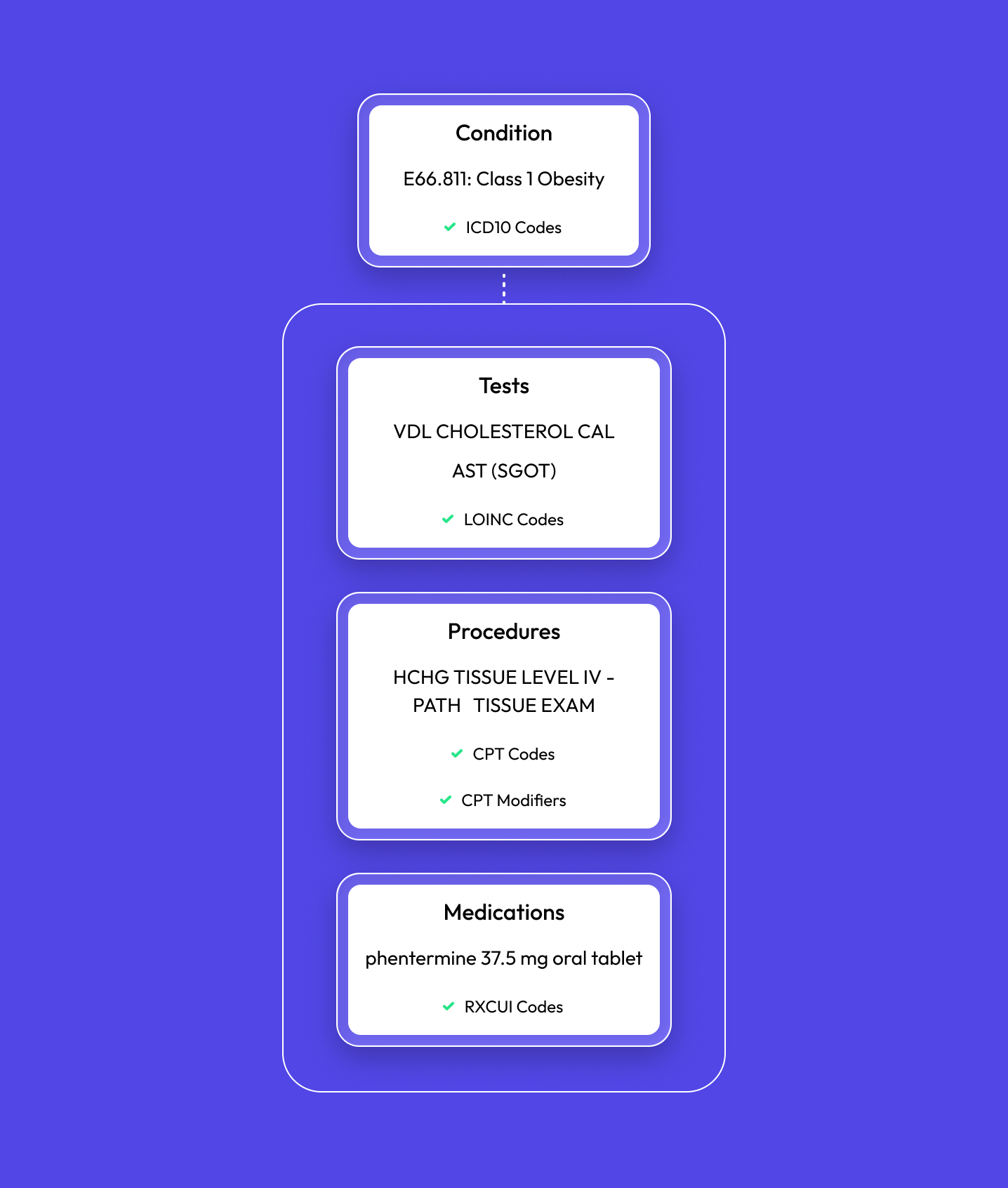
Designing for Trust and Precision
I designed an interface that transformed providers from manual creators into expert validators. The entire system was built on two core principles: clarity and verifiability.
Challenge 1: How do you make a complex web of data editable?
Solution:
Structured Editing. Instead of a wall of text, I designed a form-based interface that broke the note into its logical parts.
- Edit with Confidence: Providers could modify specific sections without fear of breaking the document.
- Real-Time Preview: A live preview showed exactly how edits affected the final, formatted note.
- Clear Relationships: The UI visually connected health problems to their corresponding treatments and codes.
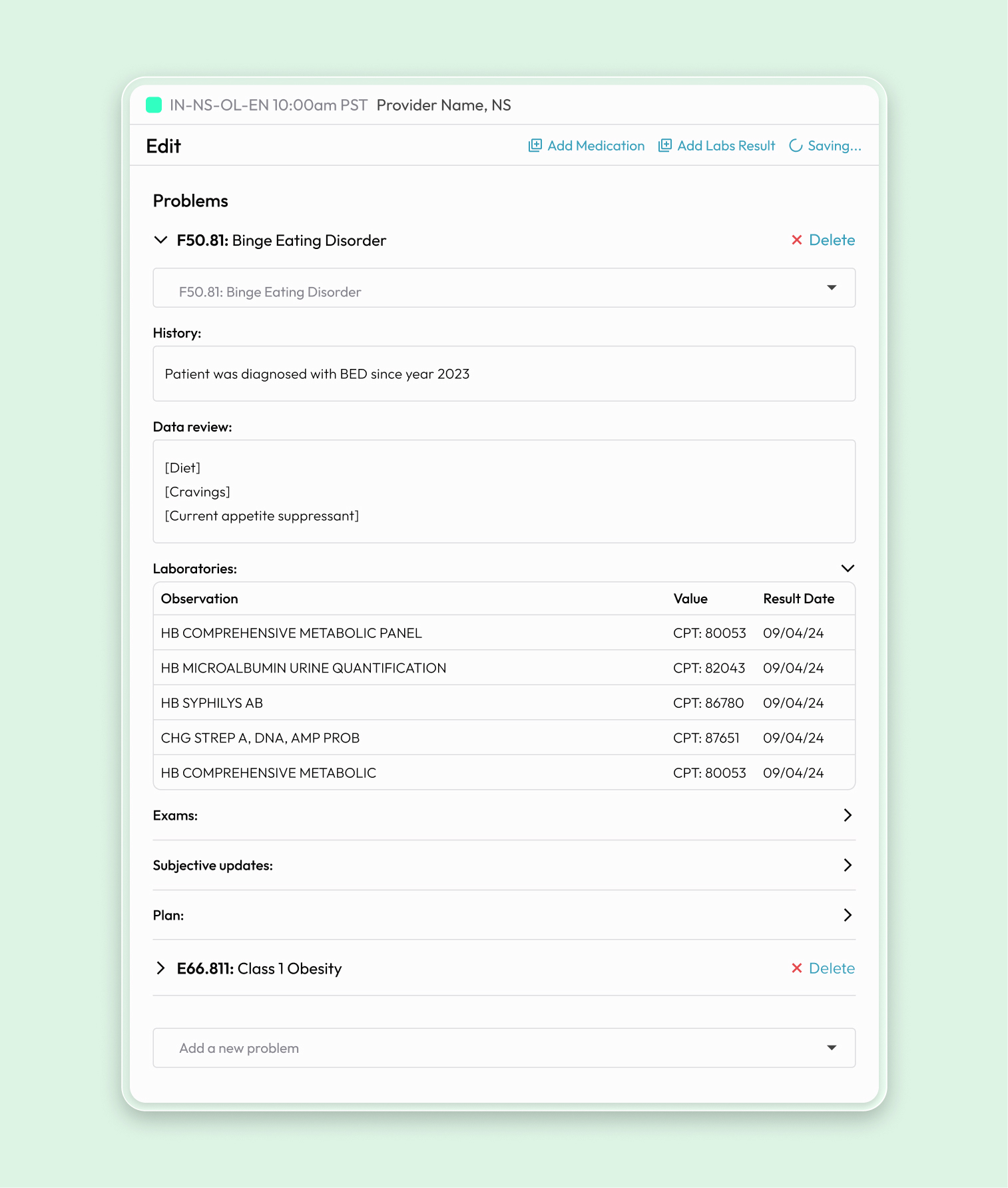
Challenge 2: How do you get a doctor to trust an AI?
Solution:
Radical Transparency. Experts need to verify the AI's work. Trust is built by showing your work.
- AI Confidence Scores: The UI displayed the AI's certainty for each suggestion, helping users triage what to review.
- Side-by-Side Validation: The original conversation transcript was placed directly next to the AI-generated note, making validation fast and intuitive.
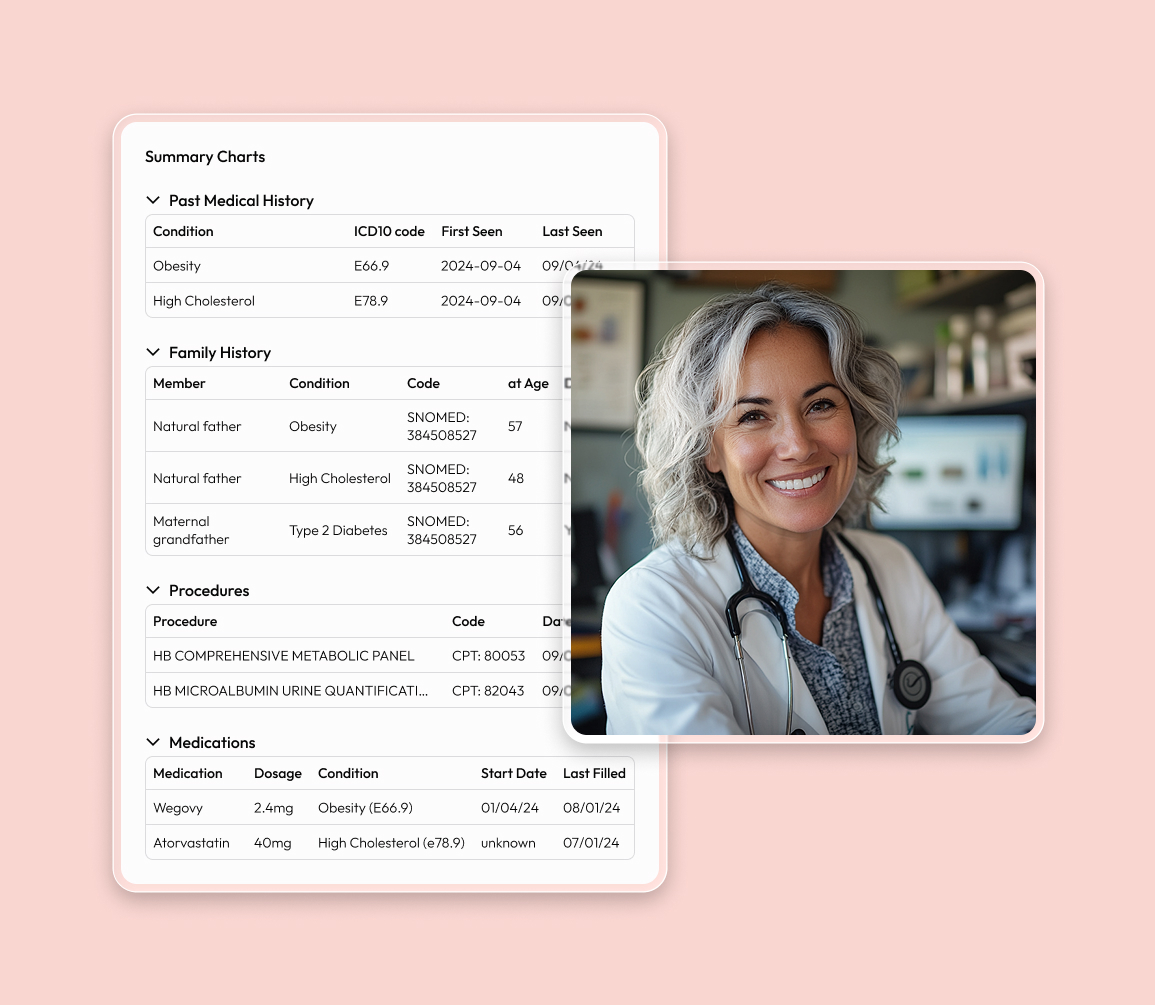
We didn't just save 30% of providers time; we restored focus.
The results were transformative, creating a virtuous cycle of improved efficiency, happier providers, and a healthier bottom line.
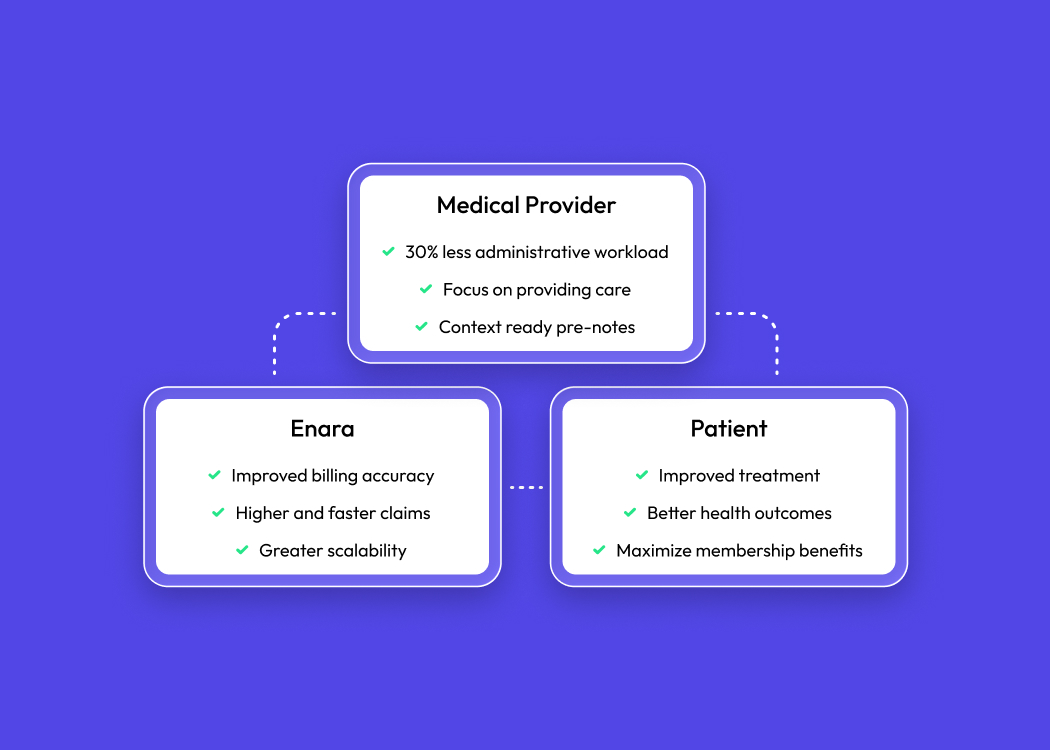
Key Design Takeaways
- Co-Architect with Engineering from Day One. For complex systems, the UI is the architecture. My interface requirements for how medical data should connect directly shaped our database schema.
- AI Needs a "Show Your Work" Button. Trust isn't a feature; it's the foundation. For expert users, the ability to quickly verify an AI's reasoning is non-negotiable for adoption.
- Design the Entire Workflow, Not Just the Screen. The greatest value came from improving the whole system. From the doctor's first word to the final, paid insurance claim.
